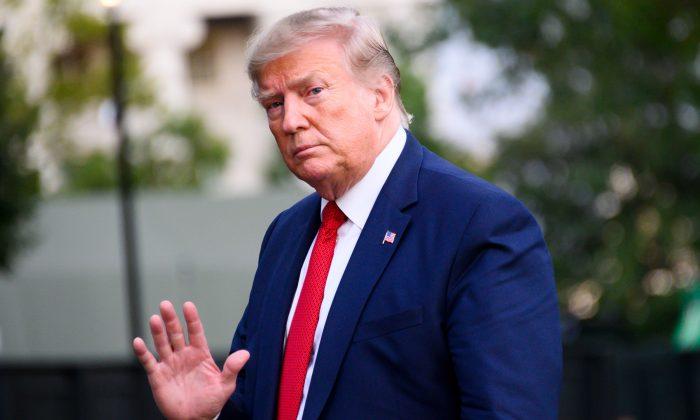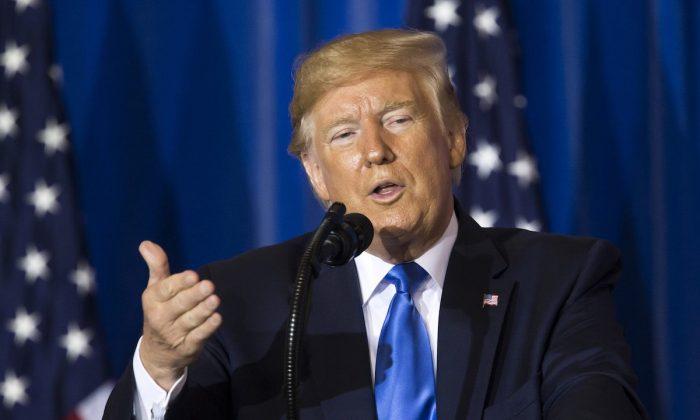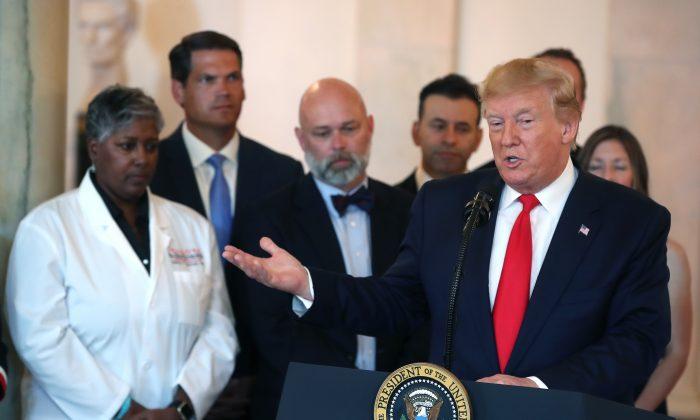Premiums for those who buy individual health care plans on the marketplace and who don’t get a subsidy may be surprised this fall, as average premiums are forecast to rise much less than in recent years, according to one report.
ACASignups.net recently released a table of projected premium increases for 2019 based on state filings for Affordable Care Act-compliant health care plans. On average, predictions are that rates for individual market plans will increase 3.69 percent next year.
The website is run by Michigan-based website developer Charles Gaba, who started it as a hobby to figure out how many people were signing up for health insurance through the exchanges.
To get to the national number of 3.69 precent, he takes an average of all the states’ rate changes, which can vary from as high as a 19.08 percent increase in the state of Washington to as low as a 13.47 percent decrease in New Hampshire, according to Gaba.
But before people start multiplying .04 times their current premium, they should know that there are wide grey areas, large averages, and shifts that make that number unlikely to apply to many people.
Rate increases for plans varied widely between the different tiers, from a 32 percent rise for bronze plans to a 12 percent rise for the second lowest-cost silver plan to a 7 percent rise for the lowest-cost gold plan.
Changing Premium Rates
There are several factors that are likely to affect the coming year’s premium rates. One is the increase in short-term limited duration health plans. These plans were created to cover people who faced a temporary loss of insurance, and aren’t required to cover all the things that ACA-compliant plans do, which means they are usually more affordable. Before the changes, these plans could only last for three months, but in August, the Trump administration expanded them to a year with the option to renew twice.The individual mandate is still in effect for 2018, but next year it won’t be. This could mean some people will drop their health care coverage altogether, which some worry could raise rates for those with insurance, if the ones who leave are healthy and were helping offset the cost of those who were not.






Friends Read Free